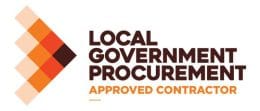How to Write a Winning Job Description – Tips and Template
When was the last time you sat down and updated job descriptions in your organisation? For many managers, this activity may not be very high on your priority list, but it should be! Well-written, up-to-date job descriptions (JDs) can be incredibly useful documents for setting and managing expectations in many areas, including:
- Recruitment: Whether you are hiring internally or externally, a job description provides recruiting managers and candidates with a clear idea of what the role entails and what requirements and qualifications are needed. A JD is also an excellent source of information for writing job ads and briefing agencies.
- Training: A comprehensive job description gives managers and employees an indication of individual training needs based on role requirements. A suitable training plan can then be drawn up to enable employees to perform their job with confidence and skill.
- Performance Management: When it comes to that year-end appraisal, reach for those job descriptions. You can evaluate your employees against the expectations you have set out, see where they are succeeding, and establish areas for development.
- Compensation: A JD should provide an indication of the expected salary range for a particular role. This can help prospective candidates to self-select during the recruitment process. It can also be useful for managers when it comes to discussing salary raises, e.g. providing justification for a lower increase if a job holder is not fully carrying out the responsibilities of the role, or not meeting certain requirements.
So, what should you include in a winning job description?
A comprehensive header: State the formal job title, job type, reporting relationship, division/department, work location, salary range.
Job summary: Provide a brief overview of the job’s purpose, expectations and objectives.
Duties and responsibilities: Start with the duties/responsibilities that take up the most time. Use a bulleted list so that content is easily readable; you can also split the list into categories.
Education & qualifications: Provide information on the education level/type and qualifications that are required for the job.
Knowledge, skills & abilities (KSAs): This should be a list of those KSAs that are required for the job. Note that although skills and abilities are often bundled together, there is a difference! Skills are measurable and observable, and may be acquired through training. Abilities are generally innate (and not learned through training). Here are some examples to get you started:
Knowledge: Knowledge of administrative processes, year-end accounting procedures, operational systems
Skills: Proficiency in the Microsoft Office suite, mechanical repair, accurate data entry,
Abilities: Preparing and maintaining records, working in a team, communicating effectively (written and spoken)
Physical/mental demands: Include any information that is specific to the job, such as heavy lifting, climbing stairs, standing for extended periods of time, public speaking, as well as the work environment (e.g. outdoor work, use of hazardous chemicals).
Tools/equipment used: If applicable, include any specific/specialist tools needed to do the job.
Signature: The employee should sign and date the job description to acknowledge they have read and understood it.
We’ve put together a neat job description template that you are welcome to download and complete for jobs within your organisation. Send us an email and we will share it with you. We hope you find it useful!



















Leave a Reply
Want to join the discussion?Feel free to contribute!